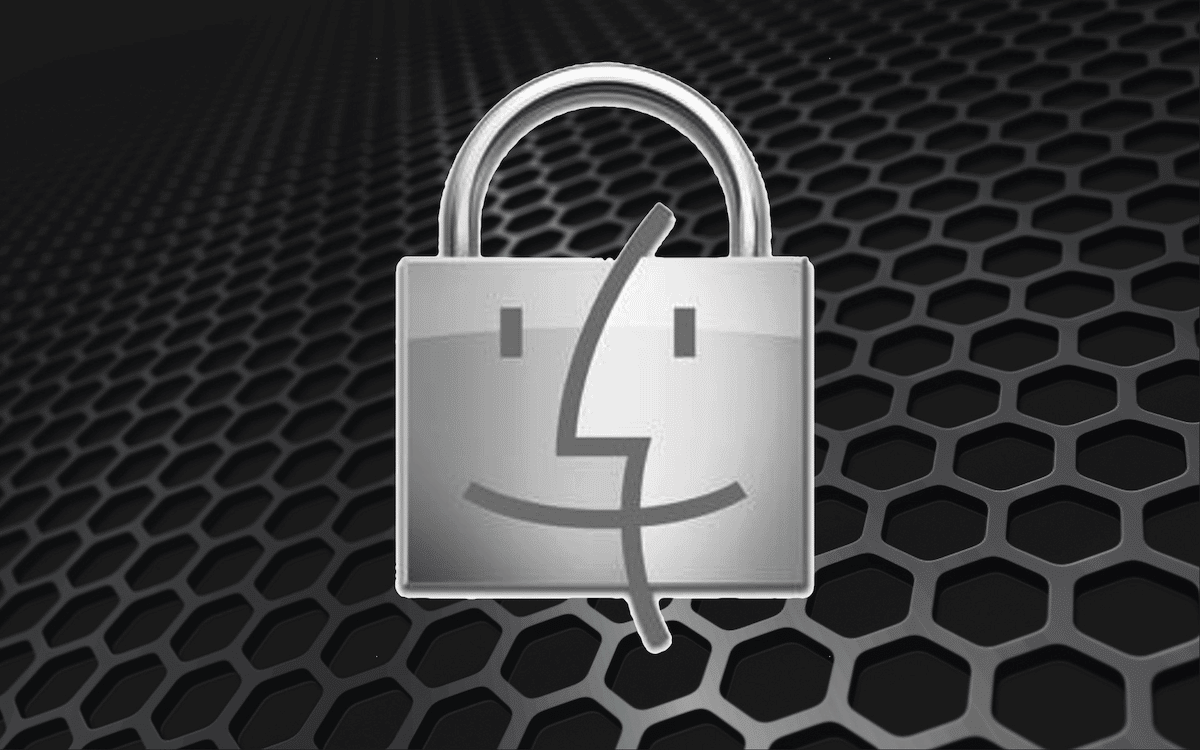Introduction
The 2010s saw Apple rise to dominance in both the mobile market and in the PC market. Fast forward to today, and Apple is one of the biggest companies in the world, and it’s all because of Mac OS. Millions of people use it for its sleek design and the convenience it offers.
However, because Mac OS is popular, cybercriminals are attracted to it. Despite popular belief, Macs are not invulnerable to viruses or malware, or hacks. So, what can Mac OS users do to protect their devices?
How to Protect Your Mac OS
Encrypt Your Network Data
Apple’s mainline Macs are laptops because they know their target audience likes to be out-and-about. After all, there’s something fun about stopping by your local coffee shop or café, setting up shop, and working from there for an hour or two.
However, doing so requires the use of a public network. What’s wrong with public networks? Well, they’re unsecured. Public networks lack proper encryption, they rarely need a password to access, they never take advantage of blacklists and whitelists, and vice versa. As a result, it’s easy for cybercriminals to steal the data of others on the network.
Suppose you use a public network and don’t want your data stolen, set up a Mac VPN. A proper VPN will ensure that your device’s data is encrypted, meaning that cybercriminals sharing the same network will be unable to steal your data.
Set Up a Password Manager
If you grew up with the Internet, then you know about the importance of passwords and how you should strive to create strong passwords that no one can guess. Unfortunately, many Internet users use weak passwords and even reuse them for multiple accounts—a big no-no in the world of cybersecurity.
It’s easy to create strong passwords. But keeping up with dozen-or-so strong passwords can quickly become a chore—enough of a chore to dissuade people from creating strong, unique passwords. There is a solution, though: a password manager.
Password managers such as LastPass and 1Password generate strong passwords for you to use and store your passwords in an encrypted vault (which is easily accessible).
If you’re serious about your Mac’s security, then you should definitely set up a password manager!
Enable Encryption with FileVault
A tip above this discussed encrypting your device’s network data in order to ensure that the data your Mac sends out isn’t visible to third-parties on public networks. And while you should encrypt your network data, you should also be encrypting your Mac’s hard drive.
Why does it matter if your hard drive is encrypted or not? Well, if your Mac ends up in the hands of someone else—say, they steal it from you after you left it unattended—they have access to all your hard drive’s contents. If you encrypt it, however, they will have a difficult time accessing the data present within the hard drive.
Fortunately, Apple includes FileVault with their systems. FileVault is a program that allows you to encrypt your entire hard drive with the latest encryption algorithm. Enabling it is quick and painless. There’s no reason not to have it enabled!
Frequently Update the OS
Software developers spend a lot of time making sure the software they’re developing is secure—no backdoors, no loopholes, no chance for a user to expose their entire system. The problem is, new hacks are created every day. New backdoors are found. As a result, software developers are constantly pushing out new security fixes and patches, which are usually bundled in OS updates.
If you want to keep your Mac safe, you need to download Mac OS updates as often as possible. These OS updates not only contain new features and quality-of-life upgrades, but they also contain security fixes that will keep your Mac from becoming a victim of a virus or sketchy software.
In fact, Mac OS allows you to schedule updates at certain times, so you don’t have to deal with a random update mid-writing session!
Keep Your Mac By Your Side
Physical security and cybersecurity go hand-in-hand. If a criminal were to get a hold of your device, they’d be able to steal its contents or sell it to someone who would. For this reason, it’s important that all Mac users keep their laptops by their side at all times; you never know who will steal your laptop and where they will attempt to do so.
However, if you end up in a situation where you must leave your laptop unattended for a few seconds, make sure you put the device to sleep/turn it off so that if someone does try to steal it, they’ll have to figure out the password.
Conclusion
Mac OS may not be invulnerable to cyber-threats, but it’s easy to secure! With these five tips, you’ll be well on your way to having a secure Mac!

